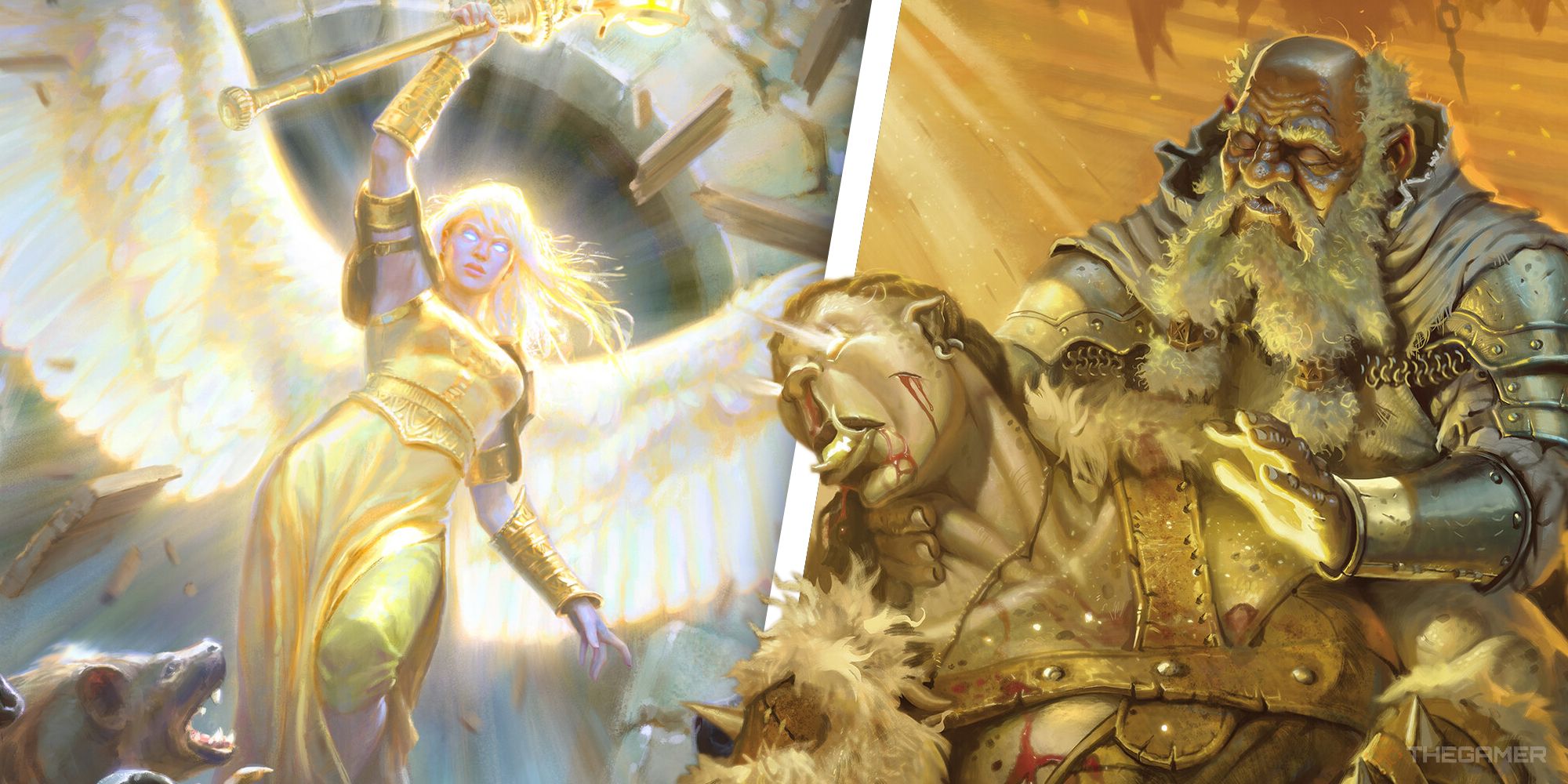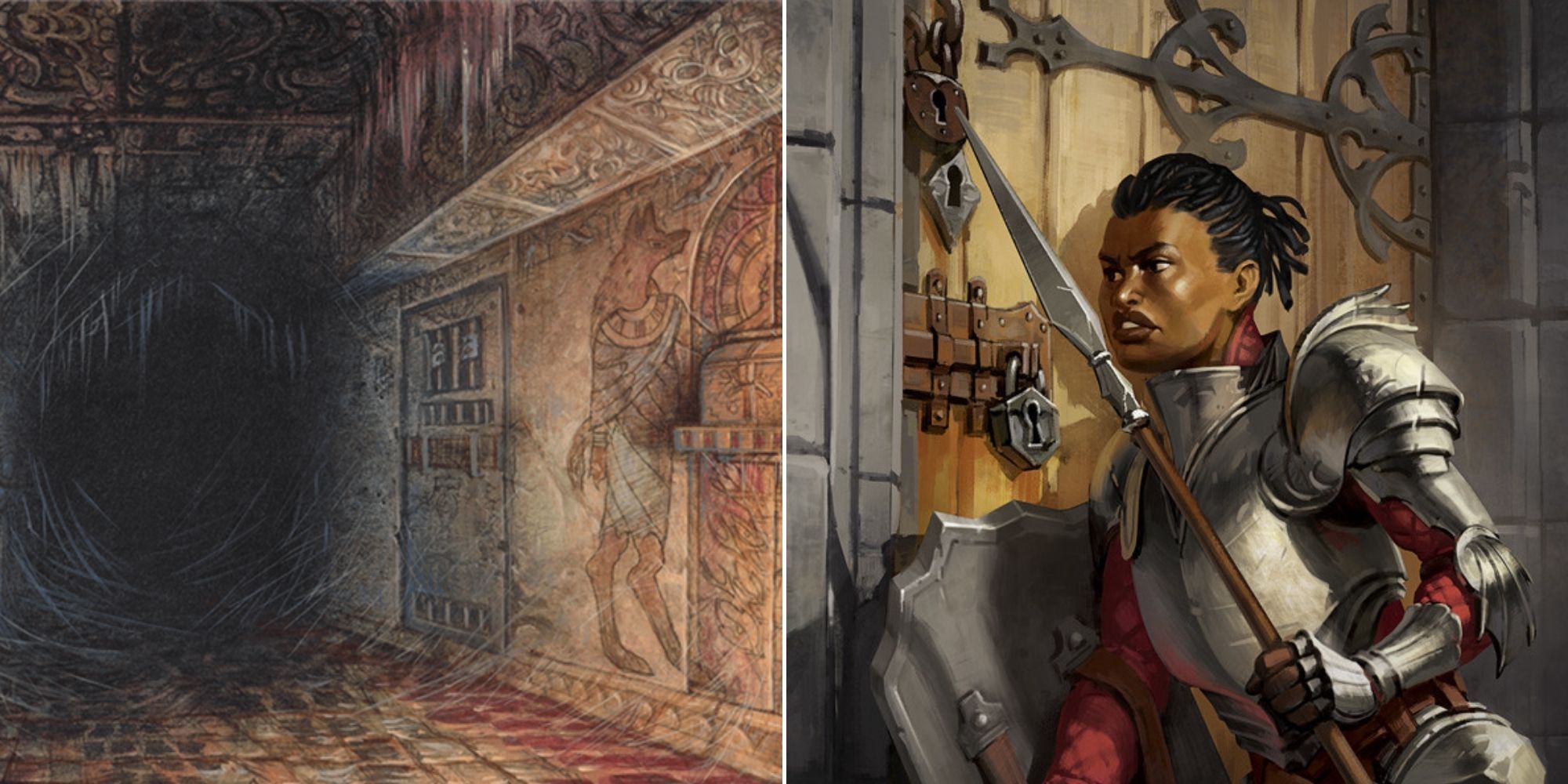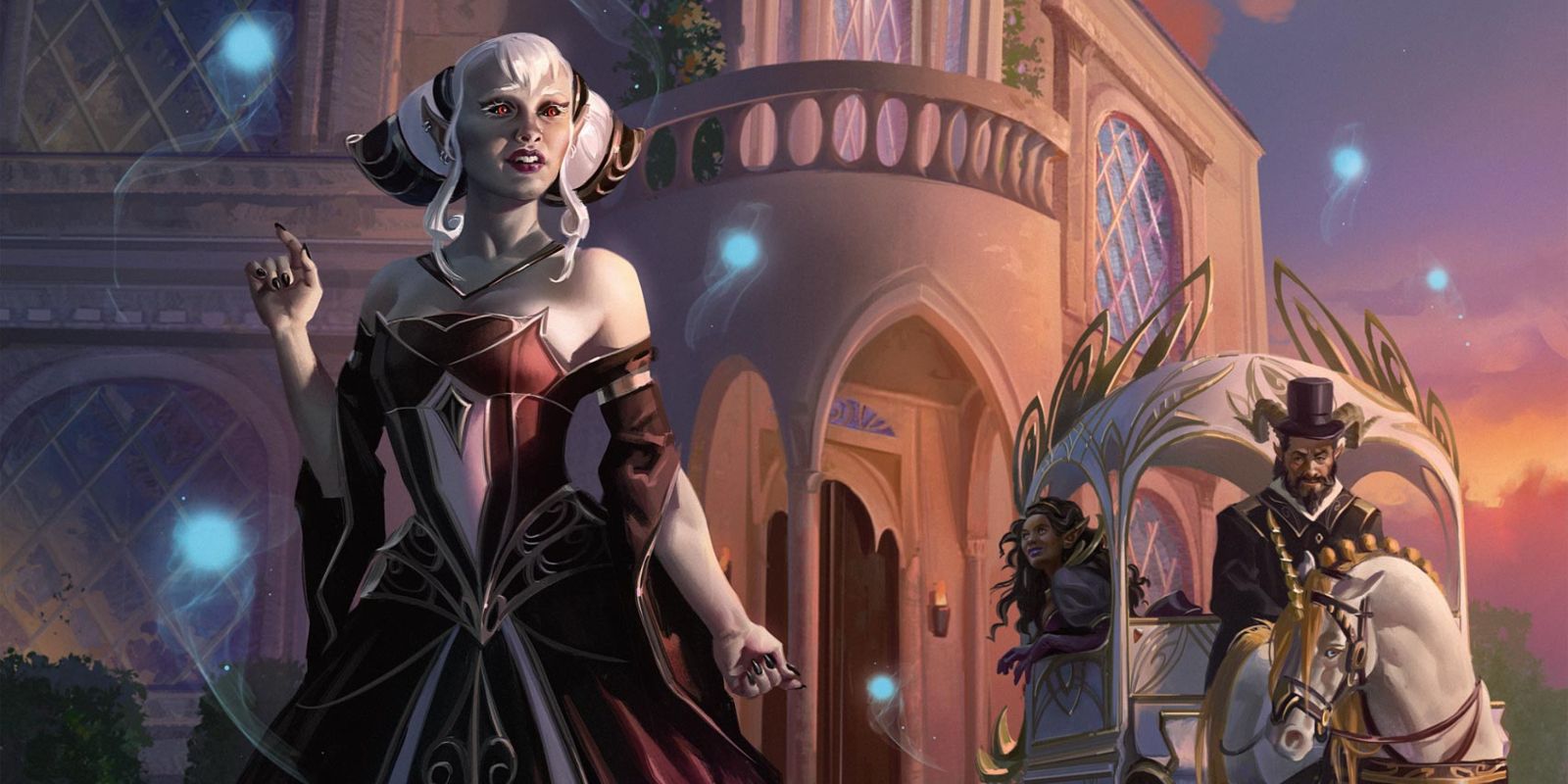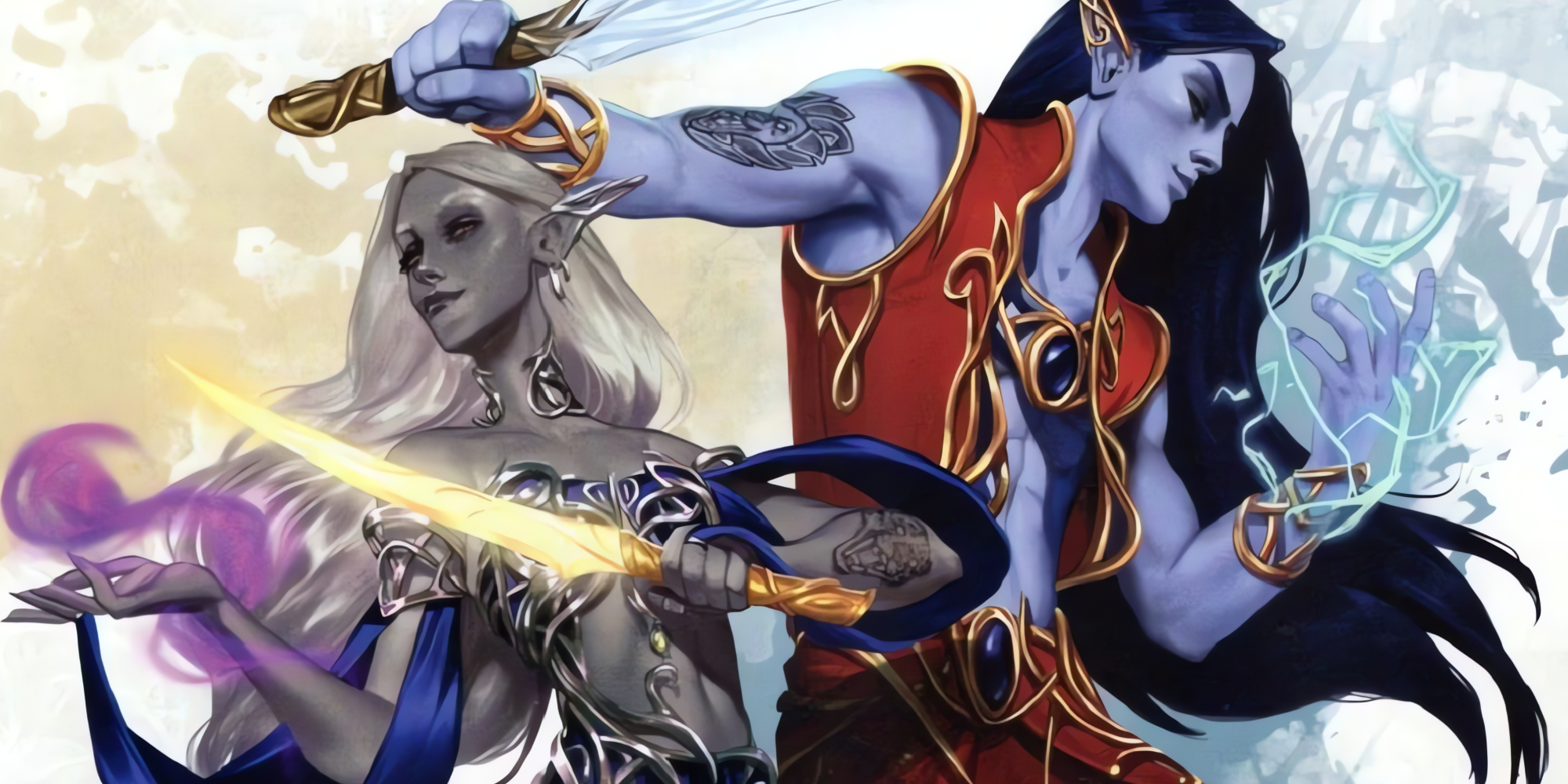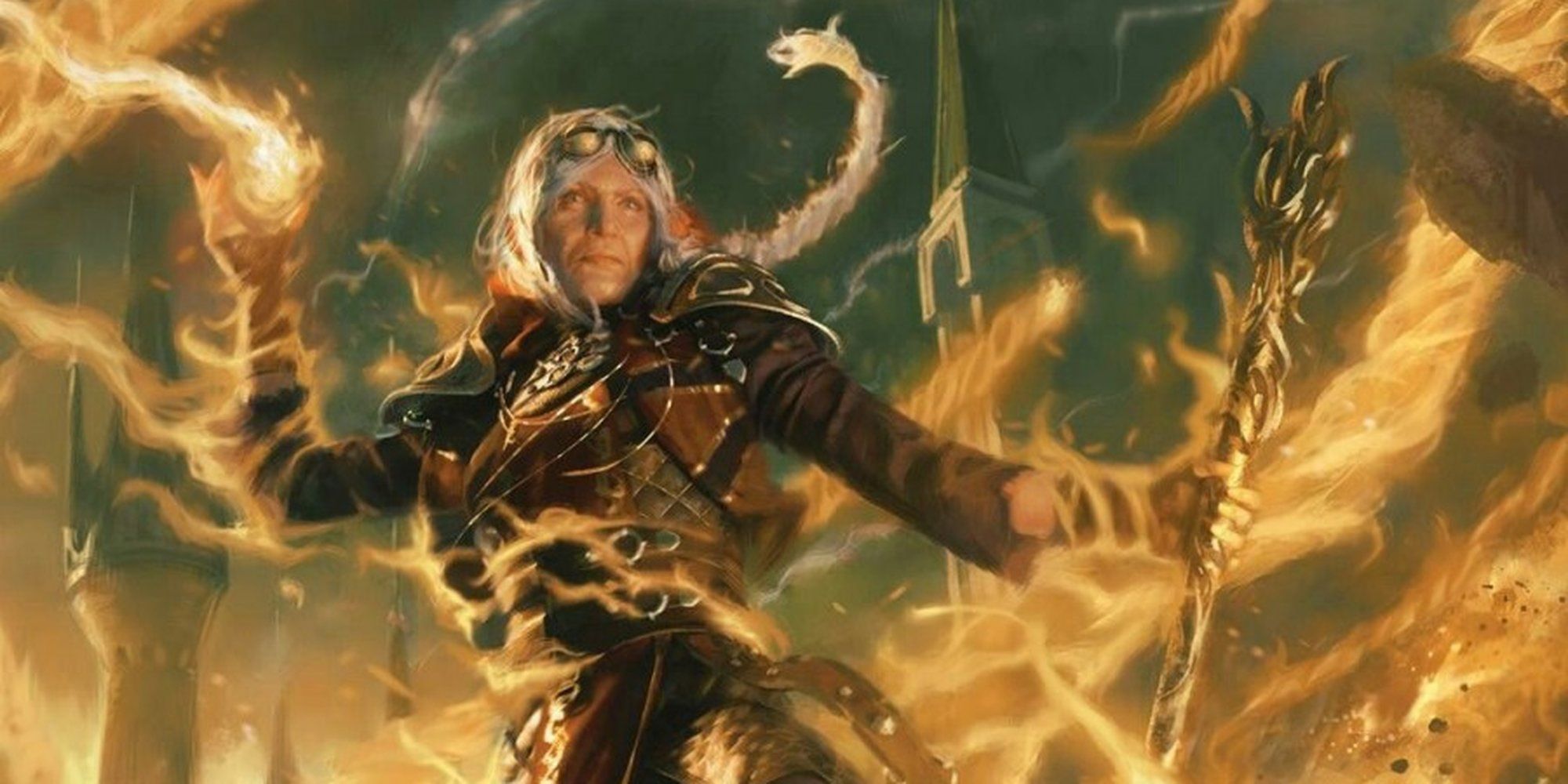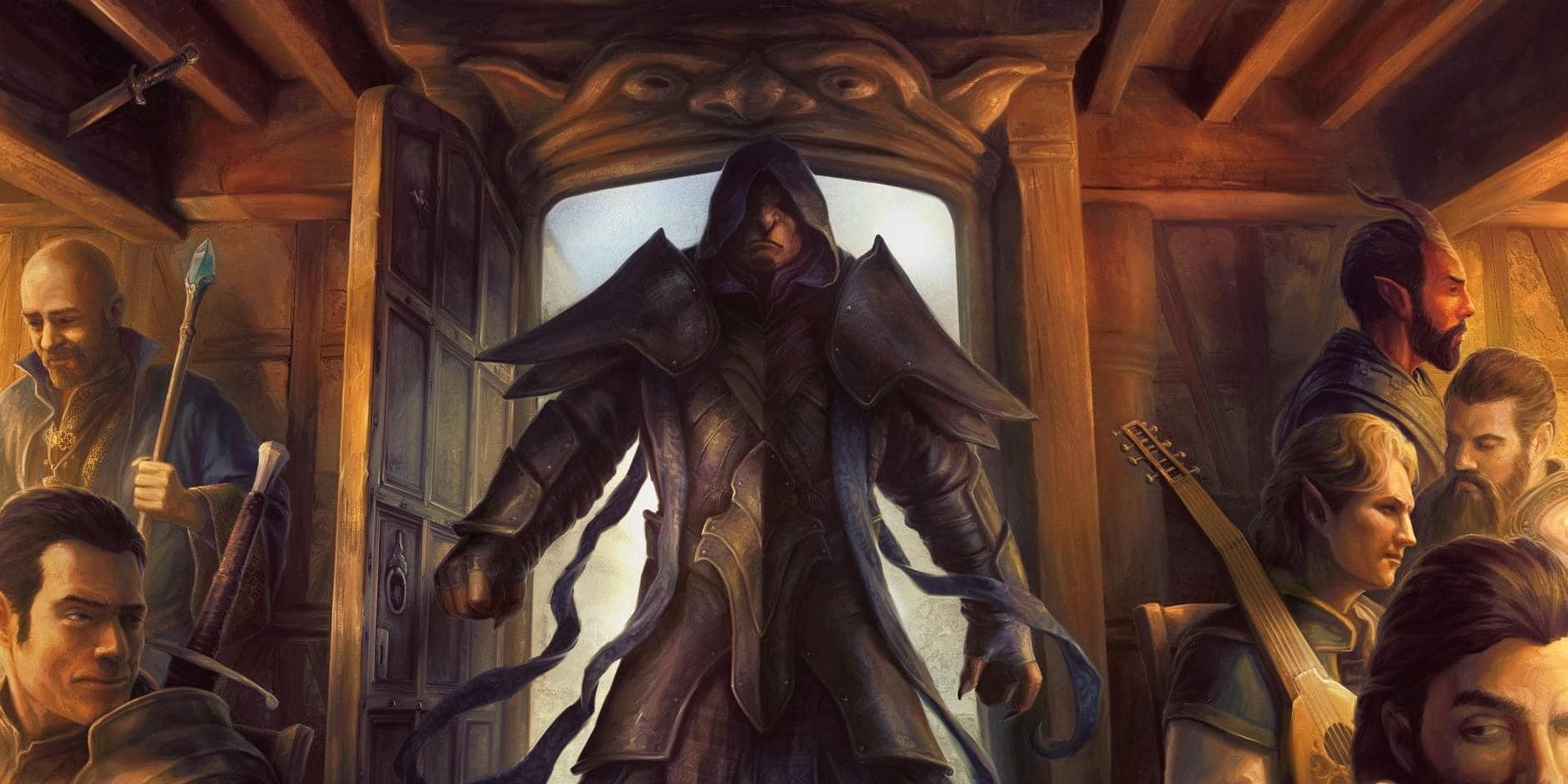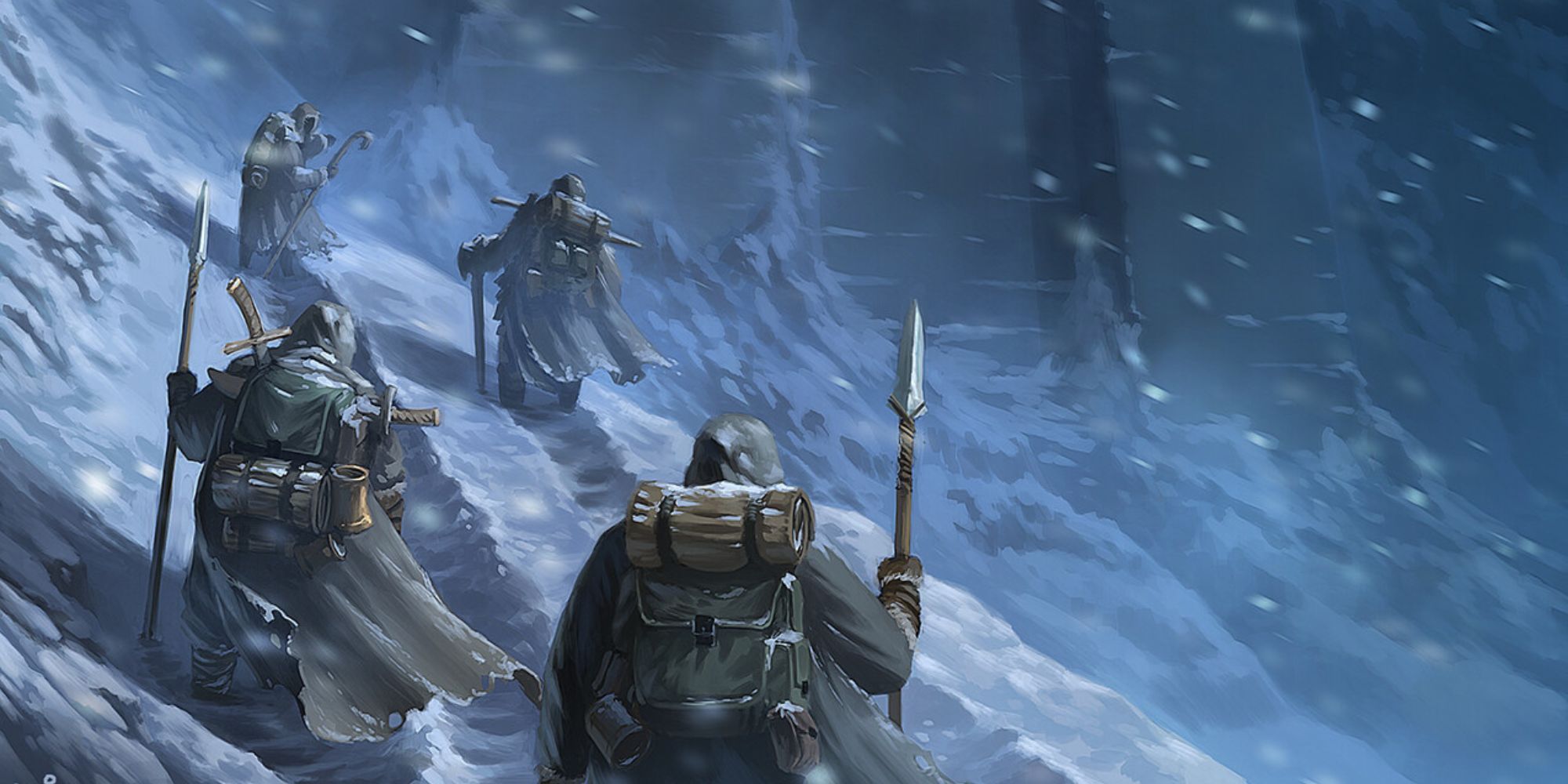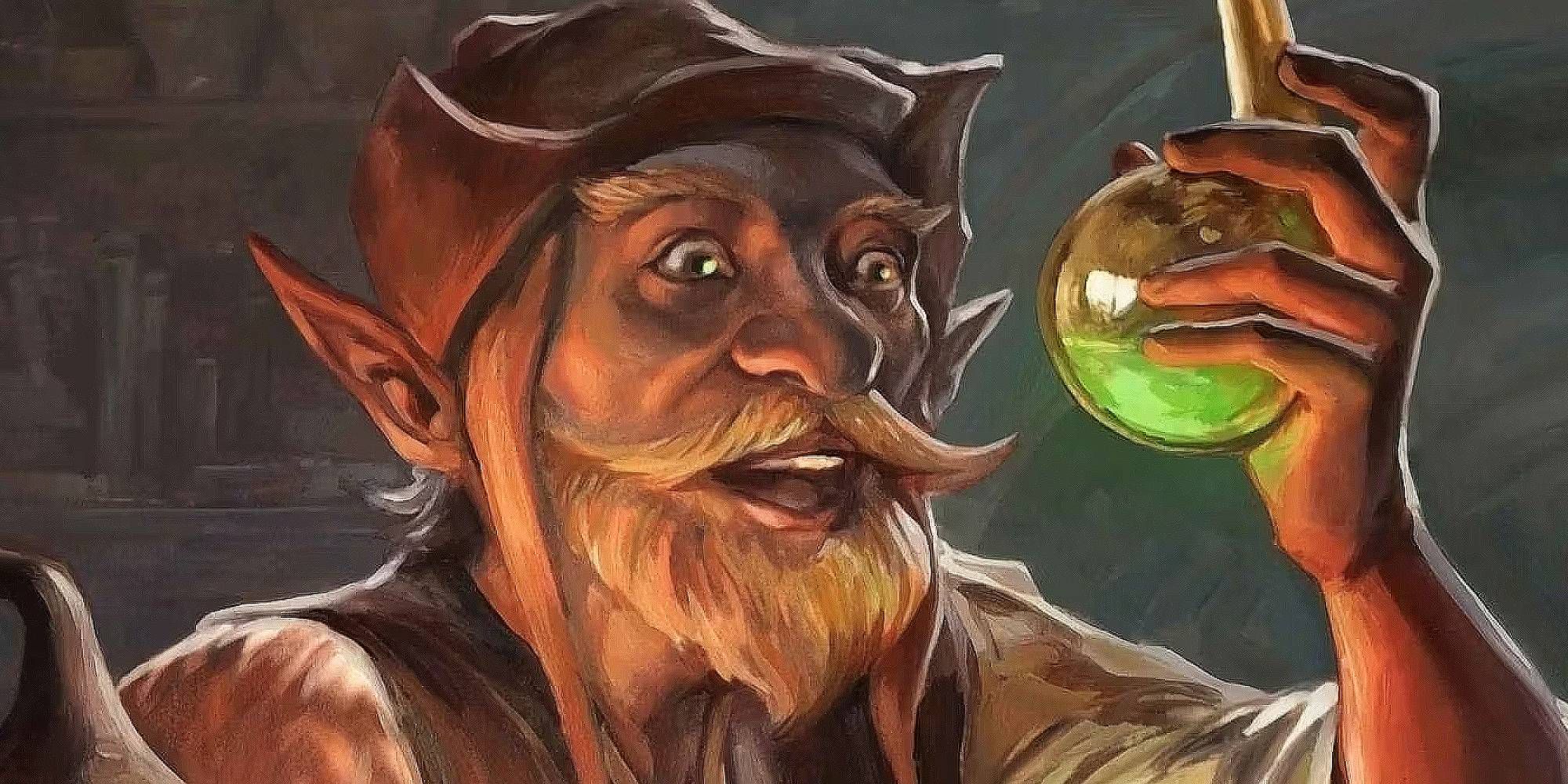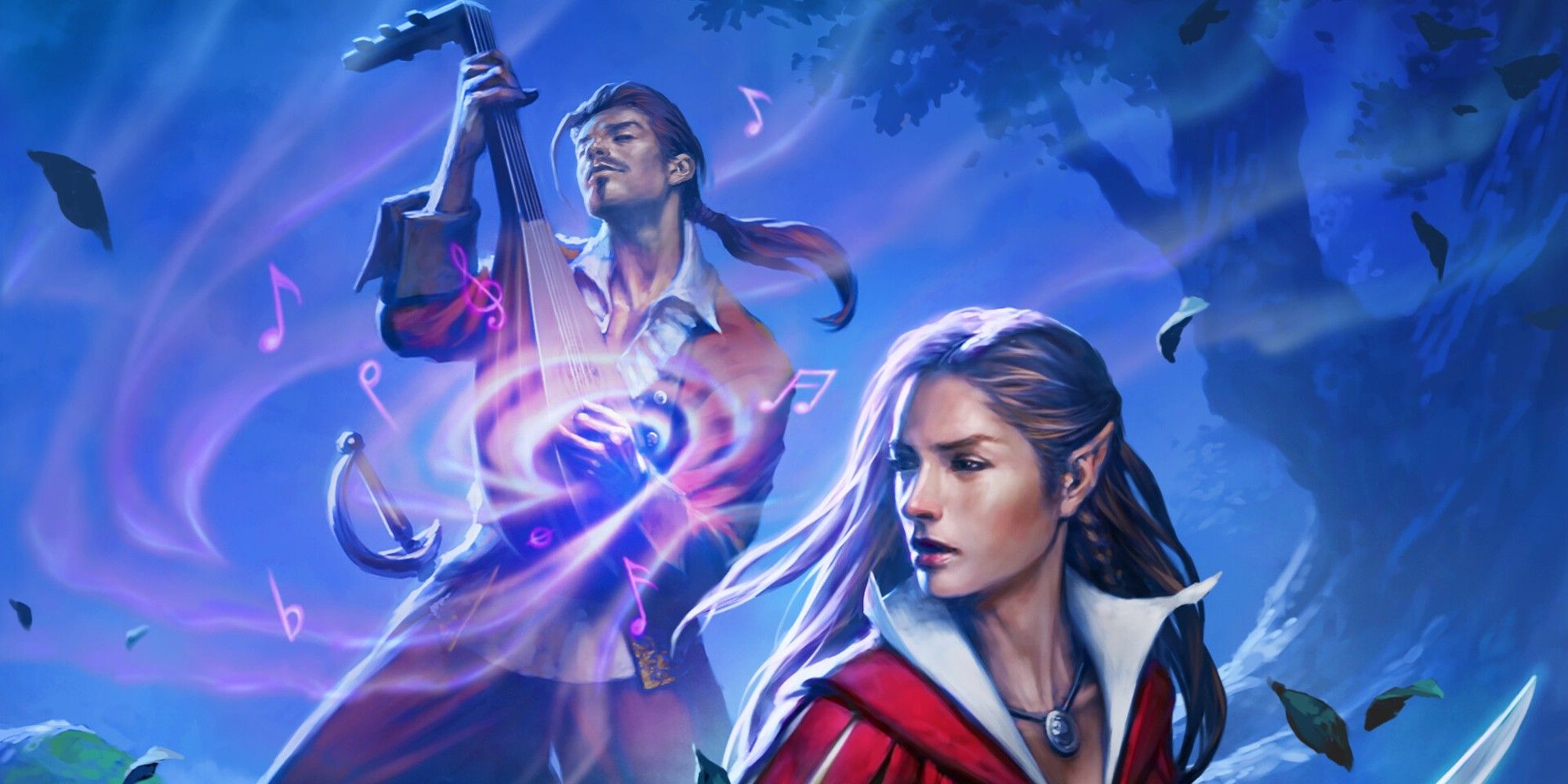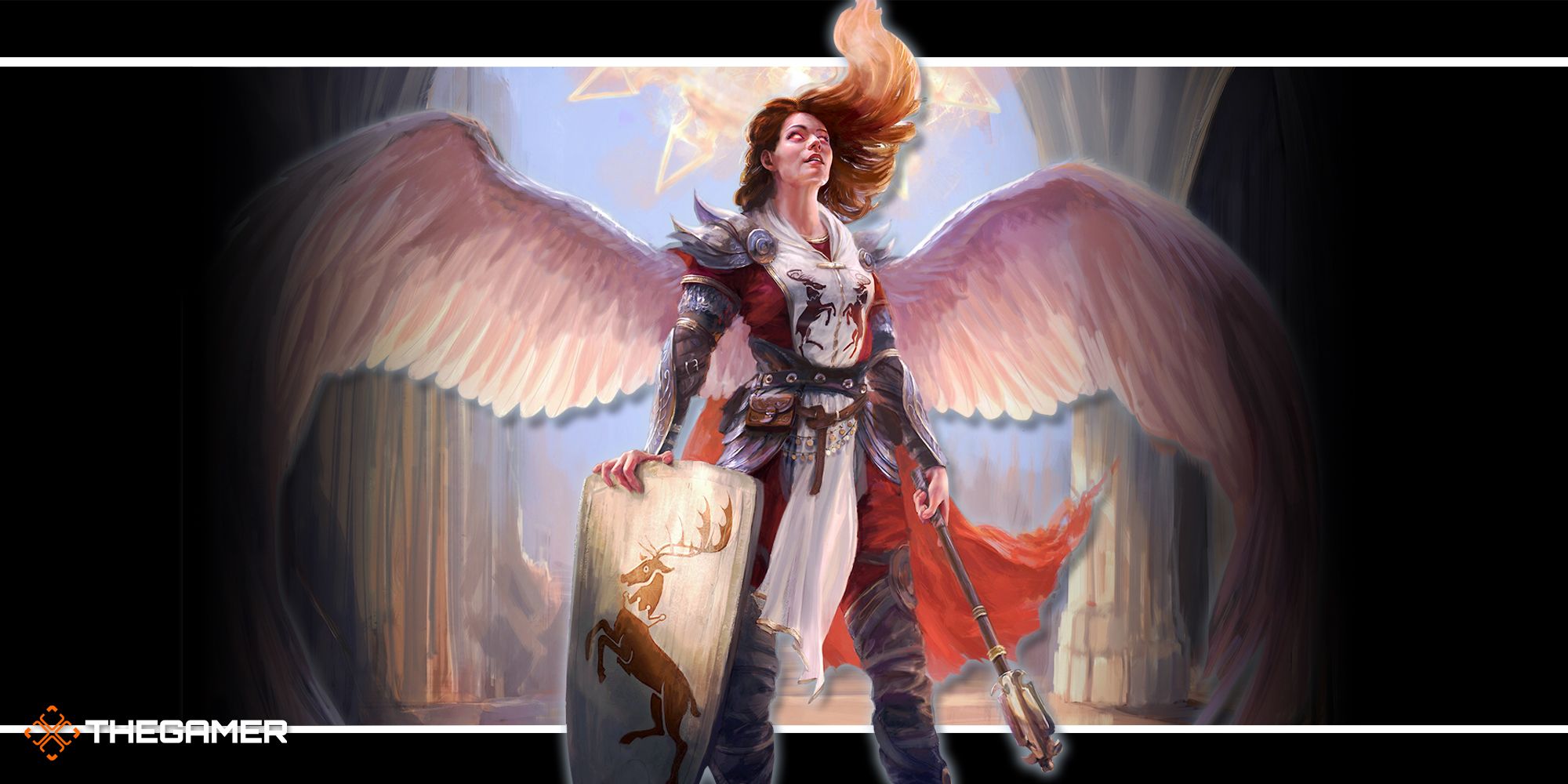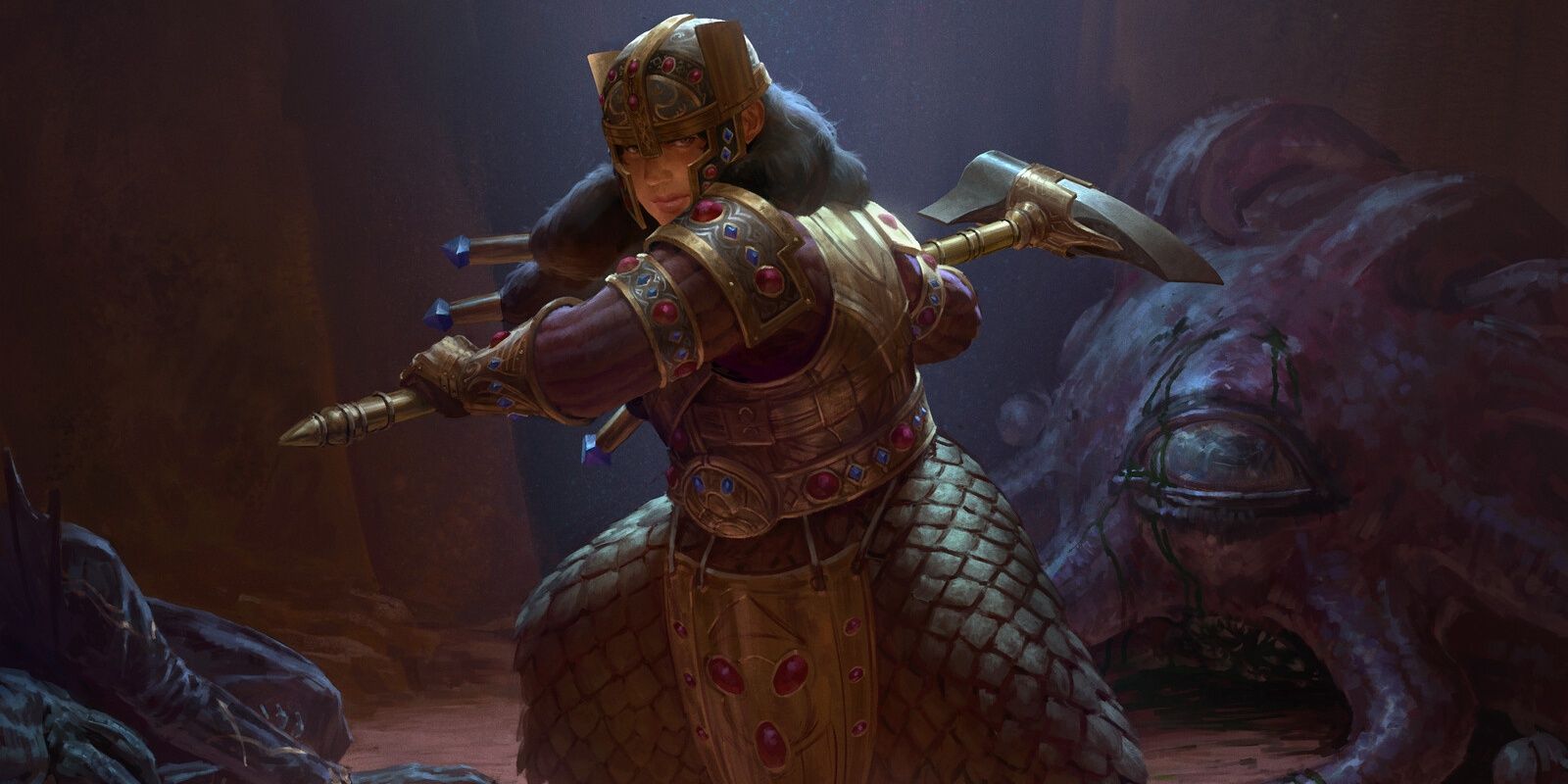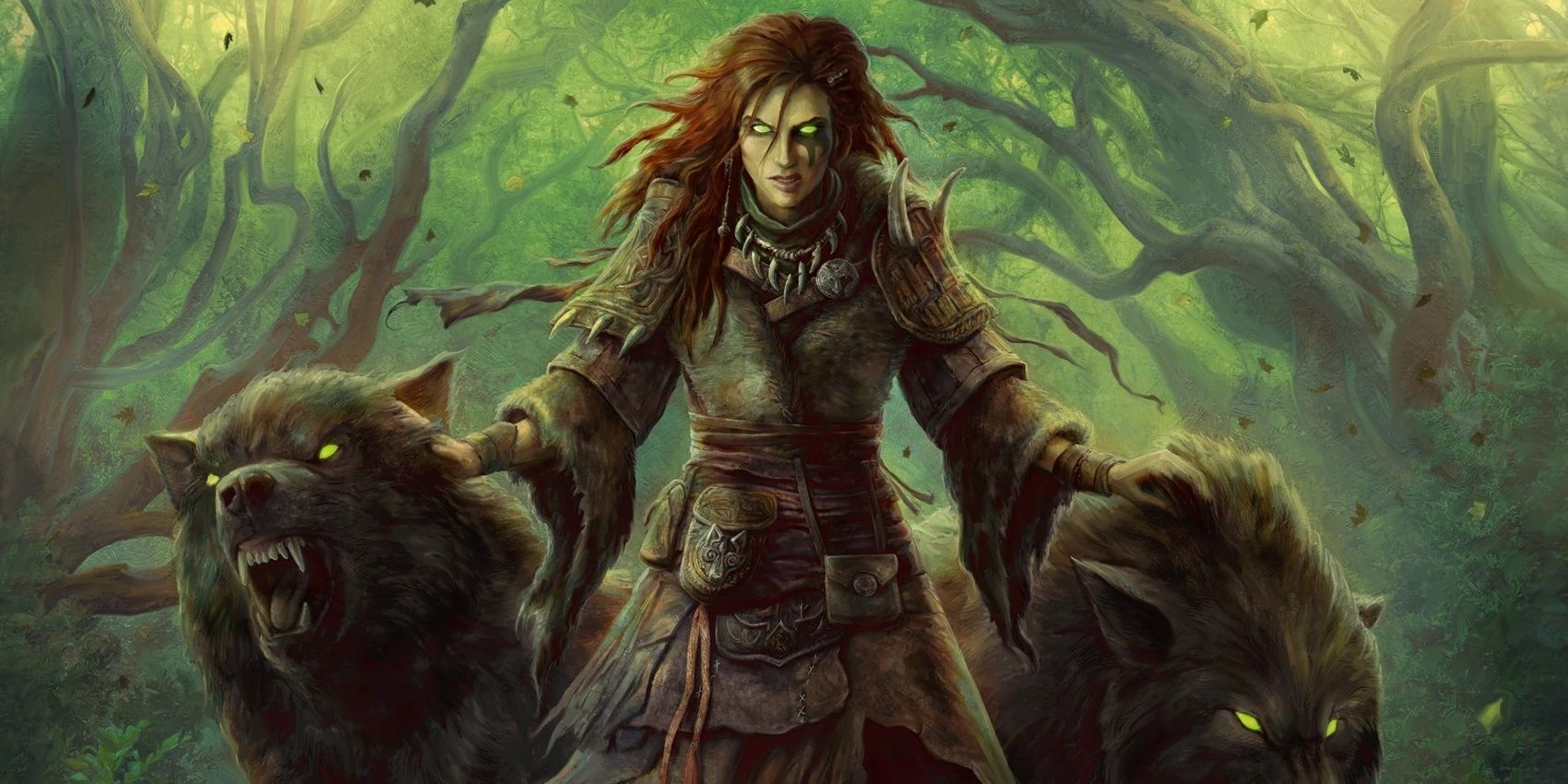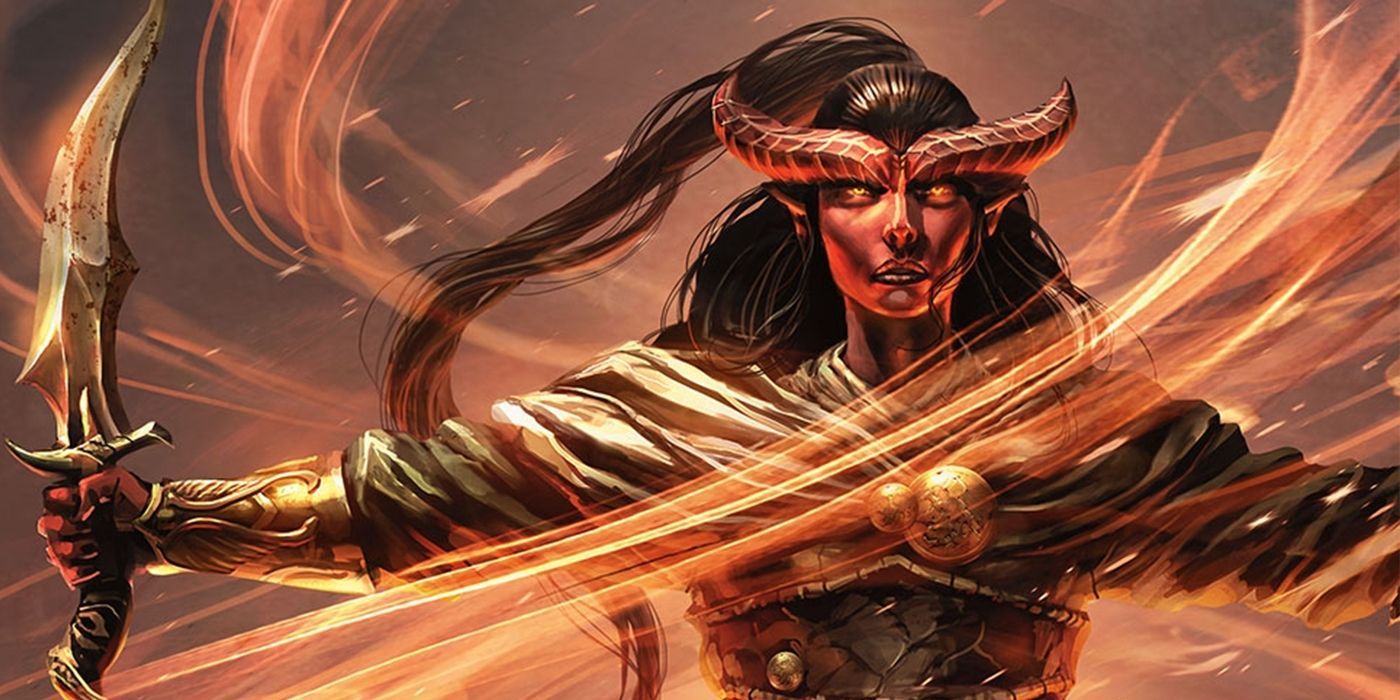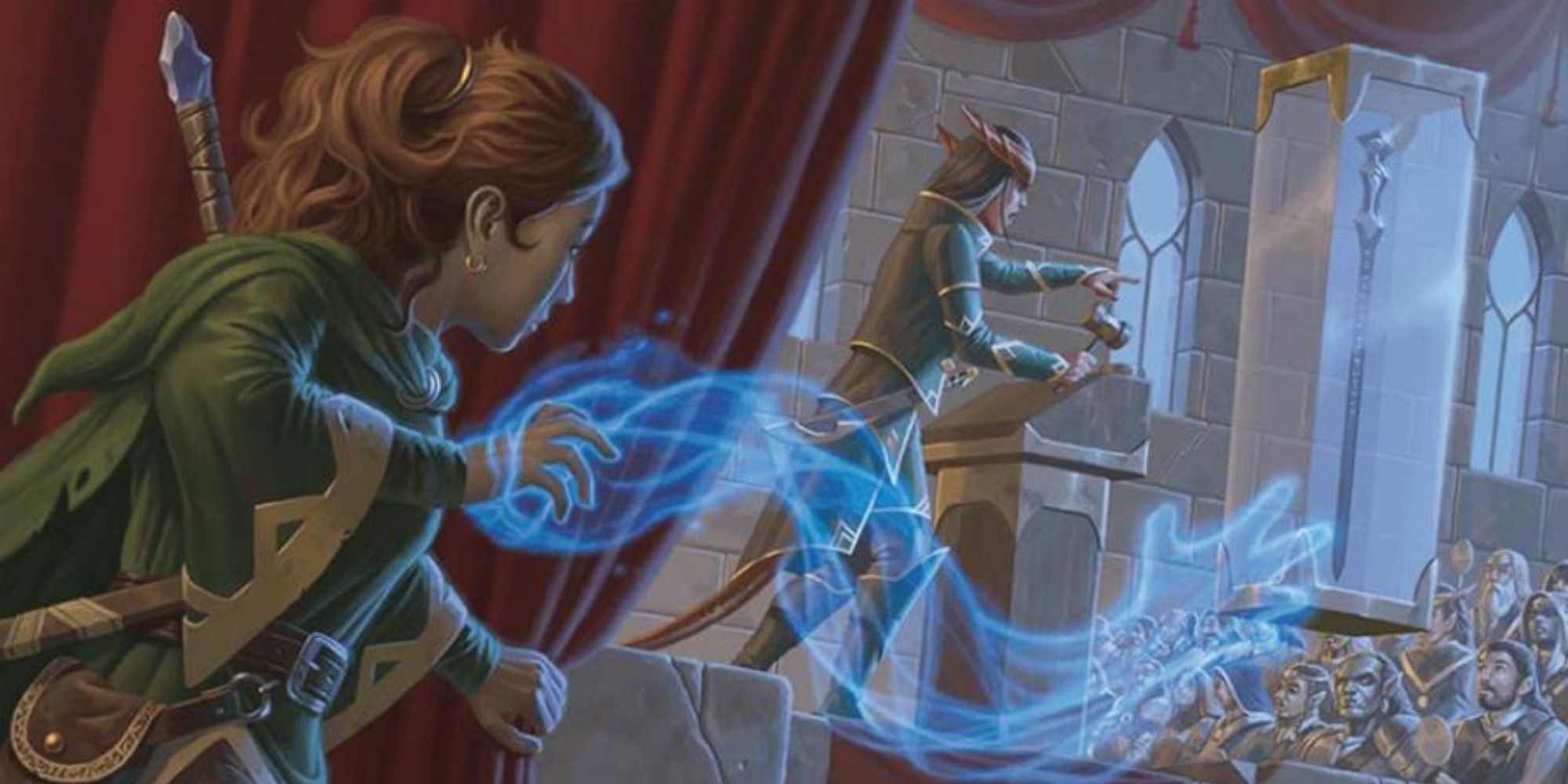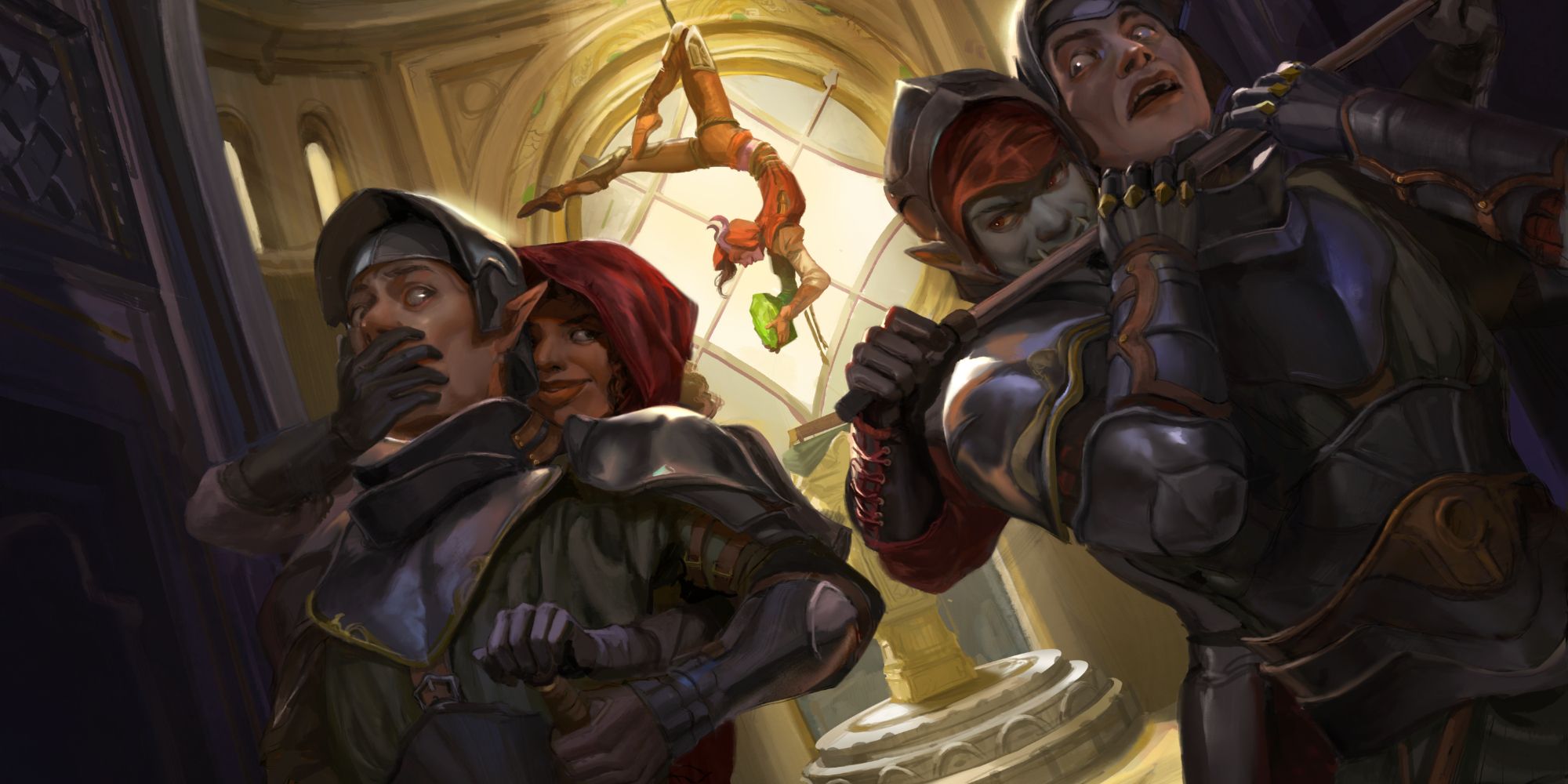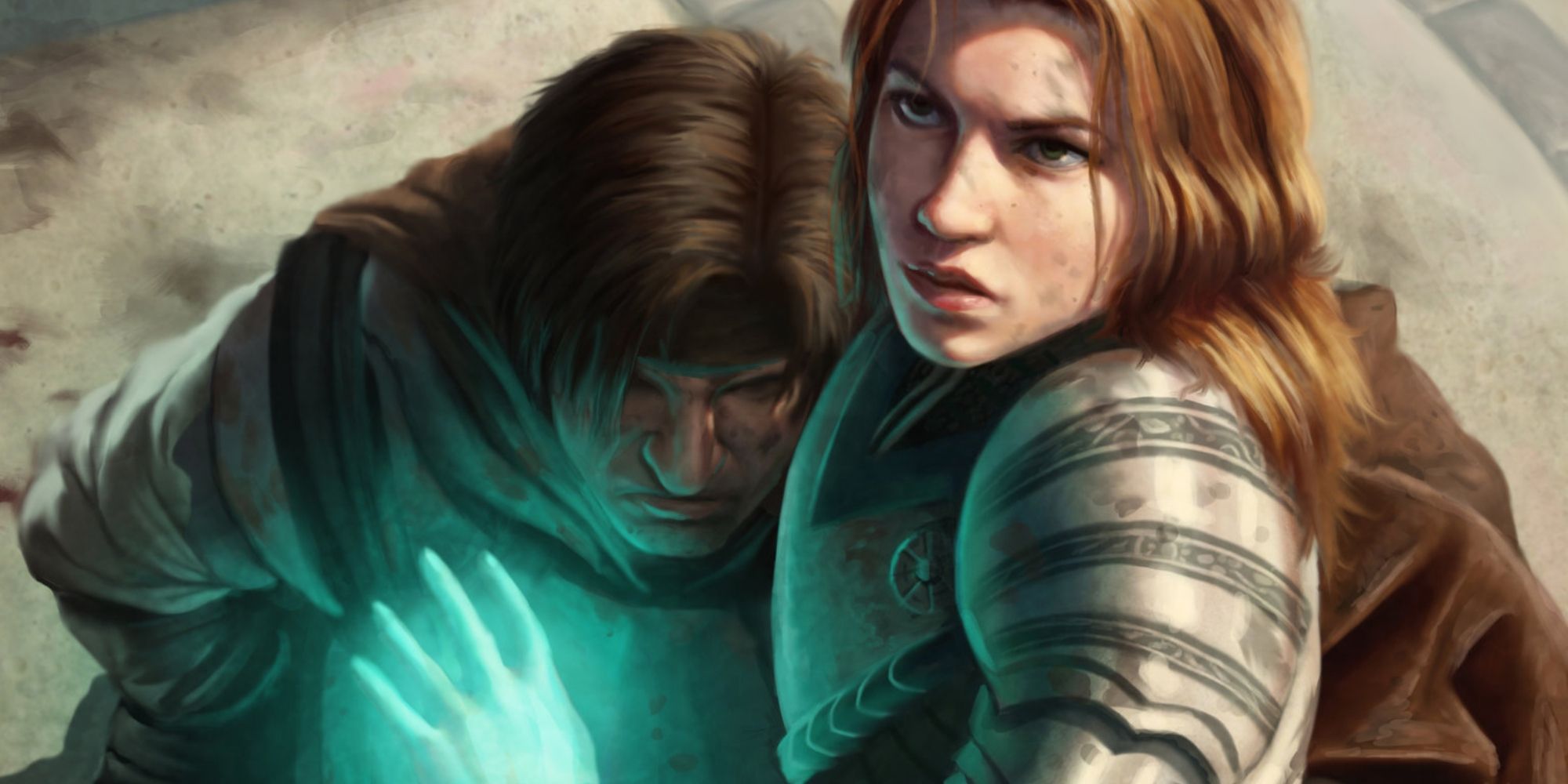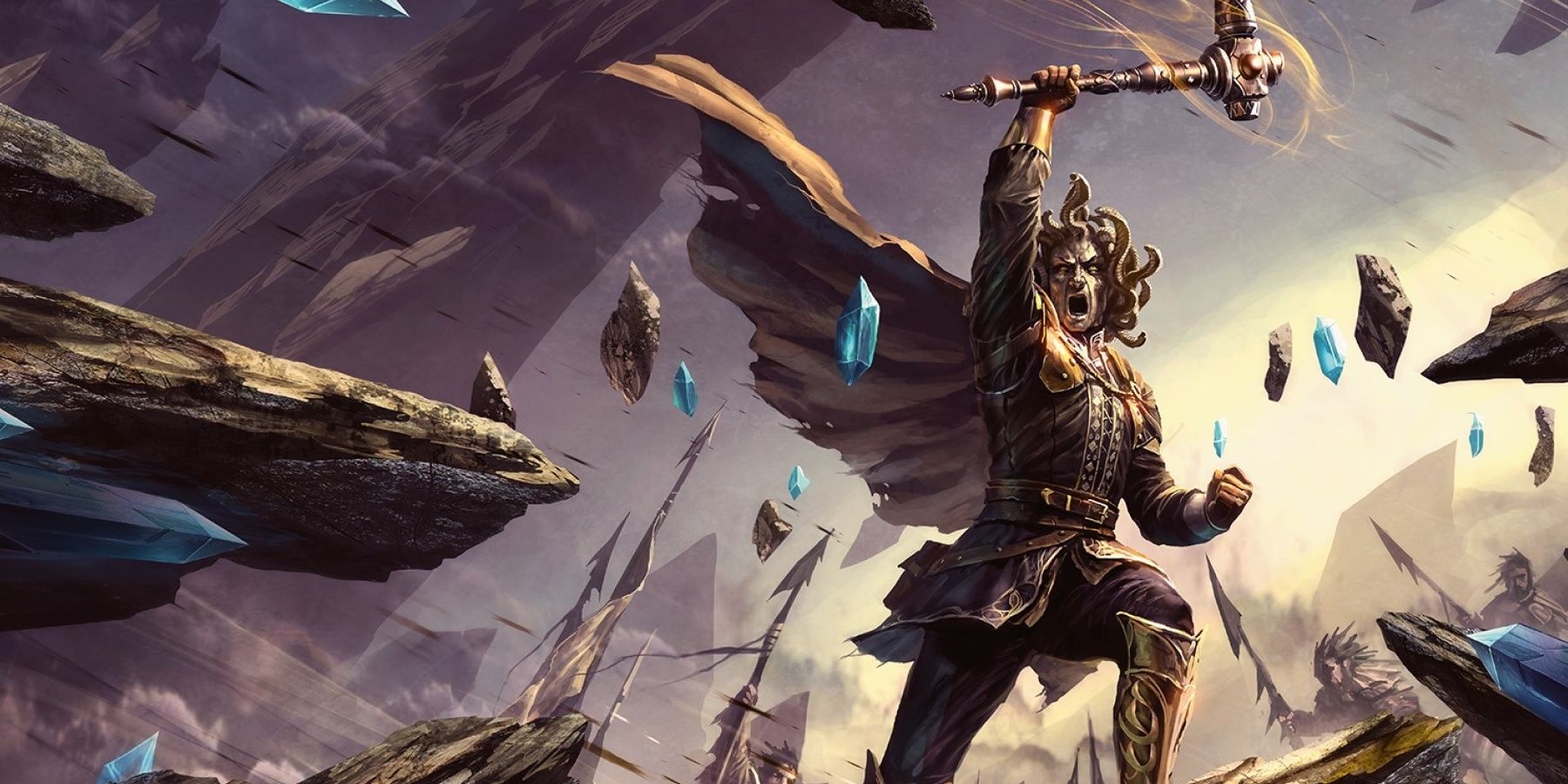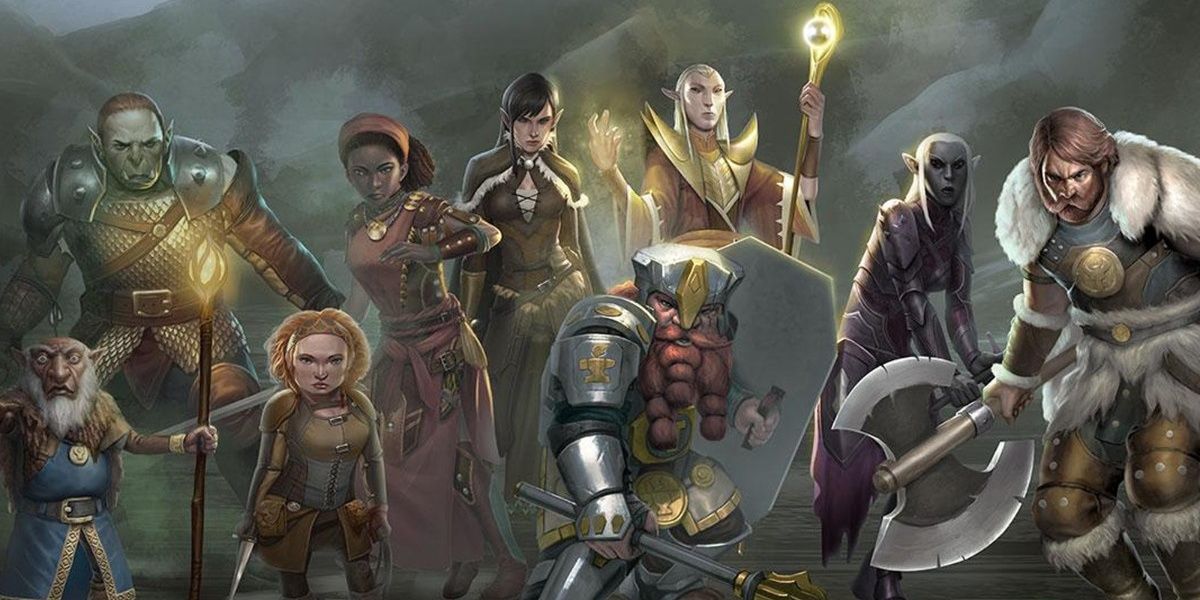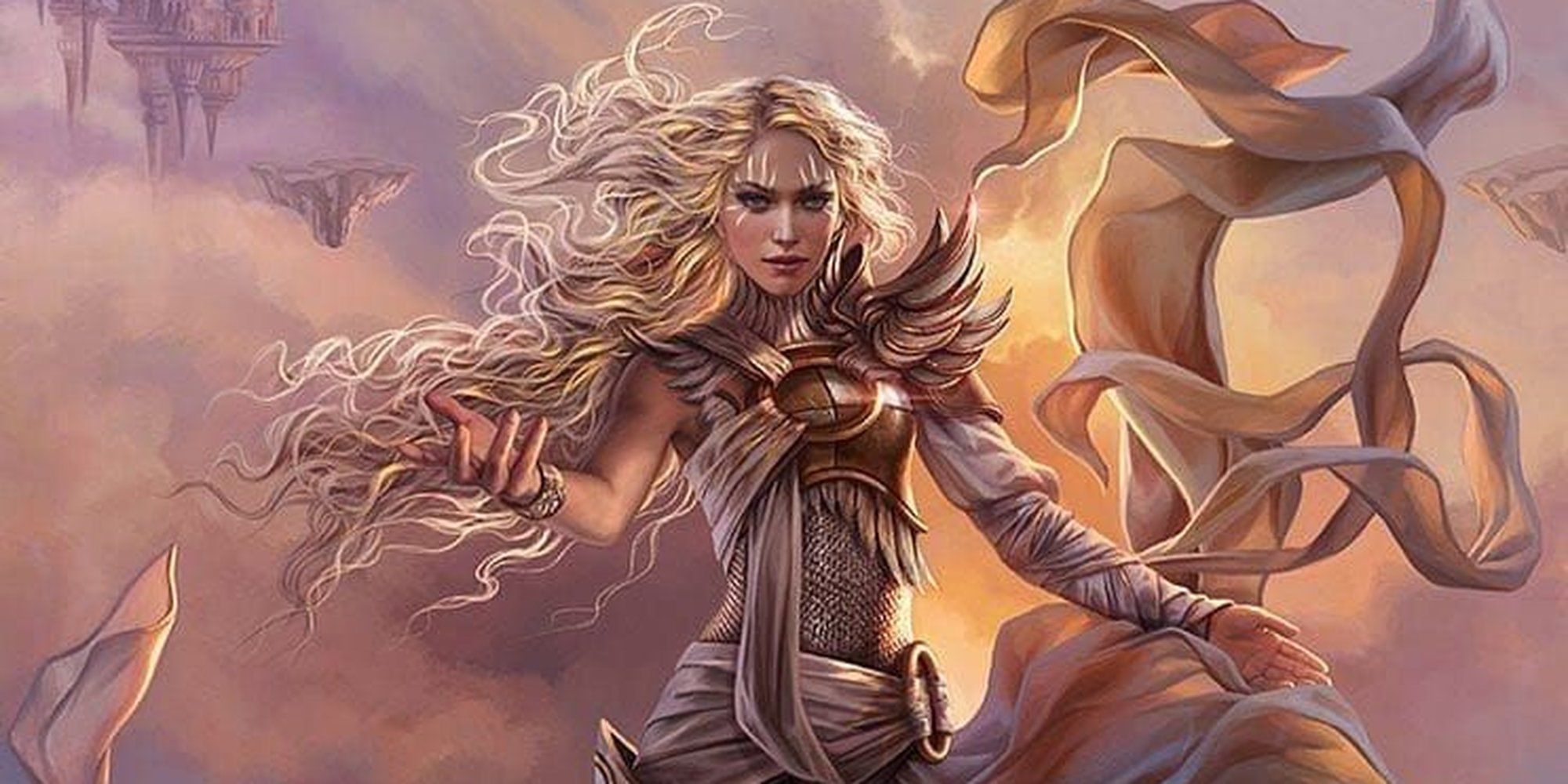Each class in Dungeons & Dragons has numerous unique subclasses that players can utilize. These subclasses can give two characters of the very same class distinctions that provide them with their own flavor, as well as differing utility and abilities in a party. While there is a wide range of subclasses in D&D, there are many that provide characters with additional or improved healing capabilities.
When playing a healer, there are three core elements of support that a character needs to worry about. The first is basic healing potential and the ability to help stabilize others when their HP reaches zero, preventing their deaths. Secondly, the ability to help deal with negative status is a hallmark of many healers, while the final responsibility of healers tends to be their ability to raise a fallen ally from the dead. The real question is whether the character is the main healer, a support healer, or only intended to throw an off-heal in times of trouble.
Updated on March 15th, 2023, by Kristy Ambrose; There is a lot that goes into being an effective healer in D&D, and choosing a class is only the start of a much longer journey. Being able to heal one’s allies is a necessity, and every party needs a healer. The best healers are also able to contribute to combat situations when healing isn't required, and a subclass is one way to compensate for the lack of DPS skills or vice-versa. Some sub-classes can provide healing through their spell lists, while others can do so through their unique abilities, like reading scrolls. Others are even able to augment pre-existing healing abilities with a choice of the subclass to make them even more useful. Not every healer has to be a combination or multi-class, sometimes just the choices of Background, Skills, and choice of subclass make the best healer.
18 Banneret Fighter
Yes, you read that correctly. The highly offense-based Fighter class has access to a healing subclass. Based on Charisma and usually cast in the role of support, Banneret Fighters can heal up to three of their allies whenever they activate their second wind. That makes them a D&D healer as far as combat is concerned.
Additionally, when they reach level 15, they gain the Bulwark ability, providing their allies with Advantage on several types of saving throws, preventing damage before it happens. While each other subclass on this list offers more healing than the Banneret, they are a unique choice for those looking to play a martial class with healing capabilities.
17 Order Domain - Cleric
It’s no secret that Clerics are one of the most support-oriented classes in D&D, being the best healing class in the game and often serving as a party’s main healer. While Clerics of the Order Domain don’t have access to as many healing-based abilities as others, they have a unique trait that allows them to provide additional value through traditional spells like Healing Word.
Thanks to this subclass’s Voice of Authority ability, whenever they target one of their allies with a spell of first level or higher, that ally can immediately use their reaction to make a weapon attack. This allows the class to use their healing spells to improve a party’s damage output, an unlikely ability for a healer.
16 Way of the Open Hand - Monk
Monks are often in the role of a Striker, and this class has weapon proficiencies that can put them in a position of melee or ranged damage. A healing Monk would also carry a spear, ideally, or a hand-ax, the same as their damage-focused counterparts.
The Way of the Open Hand gives the Monk some valuable crowd-control abilities like Tranquility, which prevents enemies from attacking them, along with healing skills like Wholeness of Body that come at level 6. This spell only self-heals, but half the battle of healing is staying alive, and all Monks have a high Consitution, to begin with. This gives them ample hit points, a nice advantage for a healing class. Monks also prioritize Wisdom, so multiclassing as a Cleric to gain even more healing skills is another possibility.
15 Circle Of Wildfire - Druid
Recently introduced in Tasha's Cauldron of Everything, Druids of the Circle of Wildfire possess a noteworthy amount of healing that makes them one of the most effective and best healing subclasses in D&D. This is due to the connection to fire in general, using it as both a source of destruction as well as a source of regrowth.
Not only does this subclass automatically give a given Druid numerous useful healing spells as they level up, but at level six, it gains Enhanced Bond. This ability not only increases one's damage output but their healing output. Furthermore, at level ten, these druids gain access to the Cauterizing Flames ability that allows a druid to convert a slain creature into 2d10 of healing.
14 Order Of The Profane Soul - Blood Hunter
While not part of the core rules, the popular Blood Hunter class was designed by Critical Role DM, Matt Mercer, and is available to use on D&D Beyond. While the Order of the Profane Subclass allows a blood hunter to choose from several patrons, much like a Warlock, the Celestial option provides an otherwise offense-focused character with great healing options.
With access to an ability equivalent to Healing Word, Lesser Restoration, and even Revivify, the Profane Soul Blood Hunter can cover nearly every healing base a player would want while maintaining the ability to dish out serious damage.
13 Circle Of Stars - Druid
Druids of the Circle of Stars have access to the stellar Starry Form ability that they can choose to activate rather than their wild shape. When used, a Druid chooses from one of three constellations that provide perks.
In the case of healers, the Chalice constellation can double the value of many healing spells. While this constellation is active, whenever they cast a spell that heals a target, they can automatically heal either another creature or themselves by 1D8 plus their wisdom modifier, increasing to 2d8 when they reach level 10.
12 Alchemist - Artificer
Also minted in Tasha's Cauldron of Everything, characters of the Artificer class can make excellent support characters, especially if they are of the Alchemist subclass. This subclass is capable of crafting elixirs that can supply numerous beneficial effects to one's allies.
While one of these elixirs can replenish lost health, once an Alchemist reaches level nine, all of their elixirs provide 2d6 of temporary HP. As if this weren't good enough, Alchemists are also given access to spells such as Mass Healing word, Death Ward, and even Raise Dead.
11 College of Spirits - Bard
Often seen as a support healer, some recent additions to the Bard class have moved the class to the forefront when it comes to combination classes and even the main healing role. The Bard from the College of Spirits is known for bringing the subjects of their songs and stories to life, but they also have skills that can return life to their allies. The Spiritual Focus ability, at level 6, allows you to potentially add a D6 to any bard spell, whether that's damage or healing, allowing for more potent healing spells.
Using the Tales from Beyond Skill, a Bard rolls their Bardic Inspiration die to determine the tale's effect, and some options heal and rescue as well as do extra damage. Tale of Beloved Friends gives a friendly target and the caster temporary hit points and Tale of the Angel restores hit points, how much in each case is determined by the Bardic die role and the Bard's Charisma modifier.
10 Twilight Domain - Cleric
There are many Cleric subclasses on this list, as the class is renowned for its support prowess in D&D and is often regarded as one of the best support classes available.
One of the newest Cleric domains available, the Twilight Domain, allows a Cleric to provide their allies with temporary HP through their channel divinity. Creating a sphere of twilight with a thirty-foot radius that lasts for one minute, any creature that ends its turn in said radius gains 1d6, plus the Cleric's level, of temporary HP. Due to the size of this sphere, it's common for an entire party to repeatedly gain this temporary HP throughout an entire encounter.
9 Oath Of The Crown - Paladin
Similar to clerics, all Paladins are incredible support characters who consistently have access to healing and other support abilities. However, Paladins of the Oath of the Crown have access to yet even more healing than their contemporaries.
While this subclass doesn't gain any extra healing spells, it gains the Channel Divinity ability, Turn the Tide. This heals all allies within thirty feet of the caster. It even gains the Divine Allegiance ability that allows it to take hits for more frail party members.
8 Circle Of Dreams - Druid
Appearing in Xanathar’s Guide to Everything, the Circle of Dreams subclass for Druids offers additional healing options that can notably be used as a bonus action. Coming in the form of the Balm of the Summer Court ability, these druids have access to several D6s equal to their level.
As a bonus action, they can cash in as many of these D6s as they wish, healing an ally within 120 feet by the rolled amount. This a stellar means of being able to reliably heal one’s allies without the use of spell slots, functioning almost like a ranged version of a Paladin’s Lay on Hands. For those that want to play a dedicated healer but not a Cleric, the Circle of Dreams is one of the best healing options in D&D.
7 Celestial Patron - Warlock
A Warlock's patron provides the character with numerous defining characteristics and spells that they may not have otherwise. In the case of Warlocks with a celestial patron, it allows the traditionally offense-oriented class to have access to spells such as cure wounds, revivify, and greater restoration. This subclass began as a homebrew but was adopted into the regular D&D lexicon via Xanathar's Guide to Everything.
Most importantly, as early as the character's first level, a Celestial Warlock has access to the Healing Light ability which is reminiscent of the Paladin staple, Lay on Hands. Healing Light even has the distinction that it can be used as a bonus action, adding to its usefulness.
6 Divine Soul - Sorcerer
Similar to the Celestial Warlock, the Divine Soul Sorcerer provides a traditionally offensive class with a healing subclass. This is more support or off-healing, depending on the party's existing composition or the ultimate Sorcerer build.
The healing capabilities of this class primarily stem from the Empowered Healing ability. This allows the Sorcerer to reroll any dice of a healing spell, even if the said spell was cast by an ally, which buffs the healing spells to be more consistently beneficial, as low rolls can simply be rerolled.
5 Way Of Mercy - Monk
As of Tasha's Cauldron of Everything, Monks have gained access to a stellar healing subclass in the form of the Way of Mercy. Unlike a traditional Monk that utilizes its ki points to deal damage, these monks use their ki points to heal allies.
These Monks often wear masks that make them look like medieval plague doctors. They can also use their ki points to remove negative status effects or even to revive the dead.
4 Peace Domain - Cleric
Clerics of the Peace Domain are among the best healing party members in all of D&D. A subclass that focuses on the bonds of one's party, these clerics can improve the saving throws of their allies, and even allow them to take hits for each other.
These clerics have access to a very useful channel divinity that allows them to move across the battlefield, healing any of their allies that come within five feet of the Cleric.
3 Oath of Redemption - Paladin
One of the best defenders in the game is also one of the most effective healers, so it's up to you as to which role this character takes both in and out of combat. The Oath of Redemption steers you towards the healing or crowd control role, and when defending they can do very little damage anyway, as this is the closest the game gets to a pacifist class.
Paladins who have chosen the Oath of Redemption as a subclass can only resort to violence after exhausting every other option, and as the main healer, they wouldn't have to make that decision very often. This subclass also has access to some handy crowd-control options like Sleep and Hold Person, along with defensive spells like Sanctuary, and when all of that is combined with the Paladin's existing abilities and the party has a dedicated healer.
2 Grave Domain - Cleric
Clerics of the Grave Domain are experts in helping a party avoid death. Automatically gaining Spare the Dying with an improved range, if these Clerics heal a creature with zero HP, their healing spell heals the maximum amount of possible HP. This can make a major difference, especially with higher-level healing spells, as it can potentially bring a creature from the brink of death to the picture of health in a mere second.
These Clerics are even capable of stealing part of the life force of a dying creature, converting it into HP for their allies.
1 Life Domain - Cleric
While Clerics of the Life Domain are among the most popular Clerics to play, they are far from overrated. Experts in healing, these Clerics automatically learn many of the most useful healing spells in all of D&D. From the word go, these clerics improve the amount of health all of their healing spells provide by two plus that spell's level.
Additionally, these Clerics can utilize their immaculate channel divinity to heal any number of creatures an amount of HP equal to five times the Cleric's level. Most impressively, at level seventeen, these clerics gain the supreme healing ability, causing all of their healing spells to always heal their maximum possible amount of HP!

